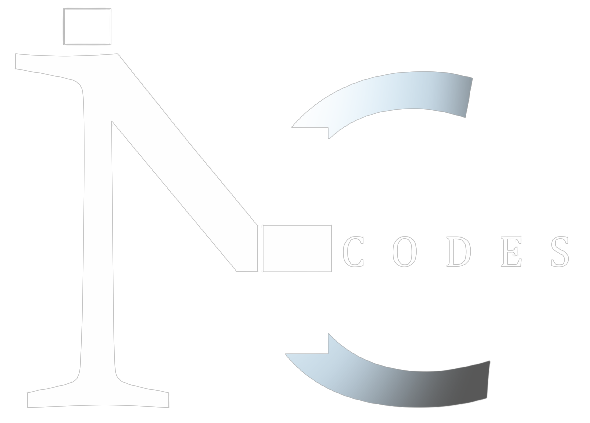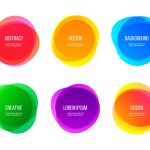
Graphic design has come a long way over the decades. From the early days of printing presses to the digital age, design trends have evolved and changed with the times. In this blog post, we’ll take a look at some of the major design trends that have emerged over the years.
1950s-1960s: During this period, graphic design was dominated by clean, minimalist designs with sans-serif typography. It was characterized by the use of simple geometric shapes, bright colors, and a focus on form and function.
1970s-1980s: In the 1970s and 1980s, graphic design took on a more expressive and colorful approach. Psychedelic colors, bold typography, and experimental layouts were common. This was also the era of the rise of punk and new wave music, which heavily influenced the design aesthetic of the time.
1990s-2000s: The 1990s and 2000s saw a shift towards a more digital-focused design aesthetic. With the rise of desktop publishing and the internet, designers were able to create more complex and intricate designs. The use of gradients, 3D graphics, and Photoshop filters became popular during this period.
2010s-Present: In recent years, graphic design has become more focused on minimalism and simplicity. Flat design, which uses clean lines and minimalism, has become popular. The use of typography has also become more important, with designers opting for bold, sans-serif fonts.
Overall, the evolution of graphic design has been influenced by technological advancements, social and cultural movements, and changes in consumer behavior. As new technologies emerge and design trends continue to evolve, we can expect to see even more changes in the future.




